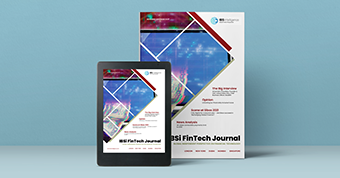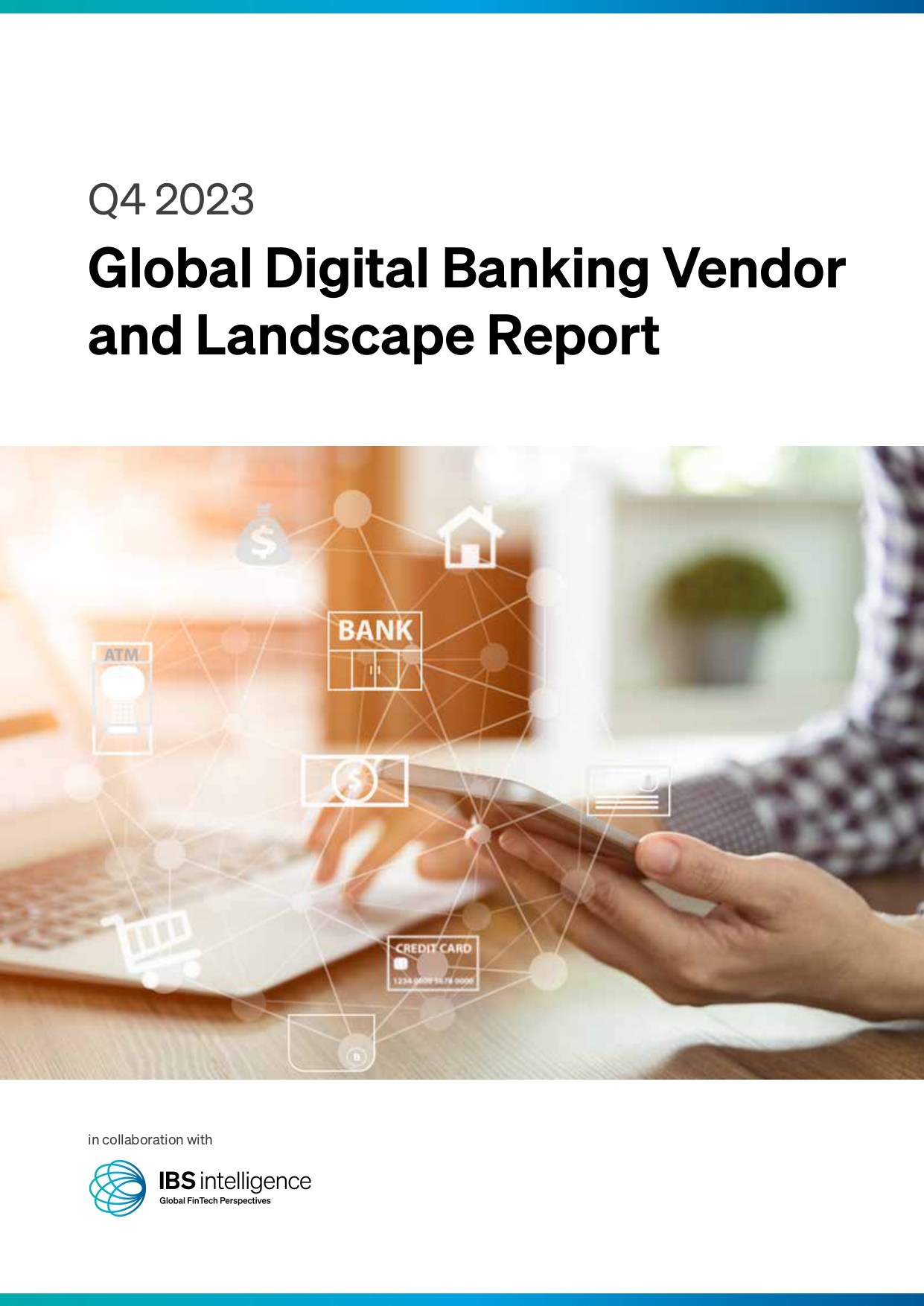Embracing technology to navigate economic turbulence in the financial services sector

Today’s dynamic financial landscape has exposed the vulnerabilities of the financial services sector and shattered preconceived notions about banks’ regulatory resilience. The rapid collapse of once-revered institutions highlights the fragility of the banking sector in the face of economic turbulence and unforeseen market shifts.
With analysts scrambling to dissect the factors behind these failures, it is crucial to consider the broader implications for the financial services industry and the potential ripple effects on the overall economy.
Guy Mettrick, VP, Financial Services at Appian
Adaptive strategies for growth and innovation are becoming increasingly important amidst a background of stricter risk management, reduced lending, and increased regulation. To navigate the unpredictable path ahead that is defined by tightening regulatory frameworks and resource limitations, agility is key.
Balancing regulatory challenges
Mounting regulations driven by factors such as climate change and the push for enhanced compliance are forcing businesses leaders to reconsider their organisation’s strategic approach. The prominence of environmental, social, and governance (ESG) objectives in the financial services sector requires increased attention and significant investments in human resources and technology.
While these circumstances may lead to scaled-back growth aspirations, cost-cutting initiatives and deferred investment decisions, they also present transformative opportunities.
Leveraging technological advancements
During economic uncertainty, technology emerges as a powerful force within the financial services landscape. When it comes to expediting client onboarding, enhancing customer service, and facilitating seamless communication between financial institutions and their clients, automation proves indispensable. Automation enhances process efficiency and efficacy by eliminating manual tasks and minimising errors. Advanced technologies like artificial intelligence, robotic process automation, and process mining empower financial organisations to drive innovation within complex frameworks.
With automation, firms can facilitate real-time reporting and audits that provide tangible evidence of control effectiveness by embedding risk controls directly into their processes. In an era of increasingly stringent regulatory frameworks, this proactive approach to compliance proves invaluable.
The rise of data fabric
One emerging trend is the adoption of enterprise-wide data fabric, project by Market Watch to grow from $1.71 billion in 2022 to $6.97 billion by 2029. Data fabric streamlines the consolidation of data from various systems, a process that has traditionally been challenging and costly. This integration eliminates the need for data migration – a critical prerequisite for successful process automation.
Data fabric seamlessly connects and harmonises existing databases. This breaks down data silos and enables a cohesive and compliant framework that consolidates all relevant data sources. Within the financial services sector, this technology facilitates easy access to vital components such as risk governance policies and customer data.
Financial service providers must adopt adaptive strategies and embrace technology to effectively manage risks, regulations, and growth during an economic downturn. Regulation should not be perceived as a burden. Financial institutions should view technology, particularly process automation, as a catalyst for growth. Automation and data fabric enable these organisations to navigate complexities, streamline operations, and enhance customer experiences. Rather than succumbing to challenges, financial service providers can leverage technology to foster innovation, ensuring resilience in the face of economic uncertainty.
IBSi News

January 16, 2024
AI
FinBox & Capital Now team to enhance digital onboarding and risk assessment
Read More- Daily insightful Financial Technology news analysis
- Weekly snapshots of industry deals, events & insights
- Weekly global FinTech case study
- Chart of the Week curated by IBSi’s Research Team
- Monthly issues of the iconic IBSi FinTech Journal
- Exclusive invitation to a flagship IBSi on-ground event of your choice
IBSi FinTech Journal

- Most trusted FinTech journal since 1991
- Digital monthly issue
- 60+ pages of research, analysis, interviews, opinions, and rankings
- Global coverage
Other Related Blogs
December 19, 2023
Digital Disruption: How FinTechs Are Outpacing Traditional Banks in Trade Finance
Read MoreRelated Reports

Sales League Table Report 2023
Know More
Global Digital Banking Vendor & Landscape Report Q4 2023
Know More
Wealth Management & Private Banking Systems Report Q4 2023
Know More
IBSi Spectrum Report: Supply Chain Finance Platforms Q4 2023
Know More
